We spoke to Andrei Pavelescu, the owner of the House between the apple trees in Voinești, a year and a half after the work was completed. We felt that, although it is a vacation home, enough time had passed for him to form an opinion about what it's like to live in a timber-framed house. His biggest curiosity was about how he now views his initial fears about the house's strength, vibration and sound propagation between levels. The conclusion of the discussion was that in the future he would like to build a permanent home in Bucharest on the same system.
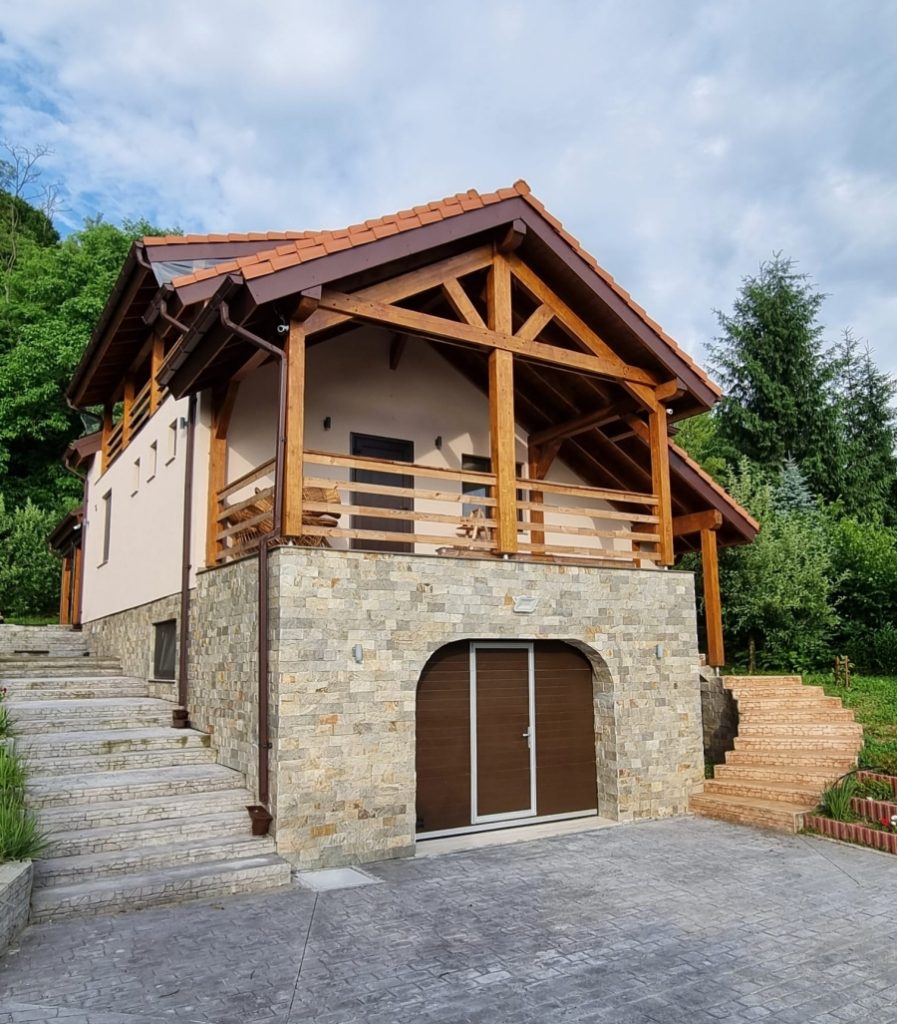
Start building in July and move in in September?
The House between the apple trees project, which you can watch in full here, is representative of the fast-paced way of building on a wooden structure. Andrei wanted the construction site to take as little time as possible and his wish was to sleep the first night in his new house in mid-September, with the house to be erected in July. Construction was erected on schedule, but finishing took longer than expected and that first night moved into December.
It all started in 2020, in the middle of the lockdown, when we all dreamed of a vacation home where we could sit in the fresh air. Andrei already had a plot of land in Voinești, near Targoviste, and in March he decided to build a vacation home there as soon as possible. At first he thought of a concrete house, but realized it would take a long time and be too big. Although he was skeptical about the strength of wooden frame houses, he started to do some research and gradually changed his mind. He decided it was the fastest way to build and started looking for the right builder.
That's how the firm discovered Litarh. He sent a message through the form on the website and was pleasantly surprised to be contacted very quickly by Vlad Liteanu. They first discussed about the project and execution times and then he was invited to Valea Moldovei to see the factory and to better understand the construction system of the house. By prefabricating the walls, the construction time is greatly reduced, but building them accurately can only be done in a factory equipped with the necessary equipment. In Valea Moldovei factory saw how each structural element of the house is made and decided to start working with the manufacturer Litarh.
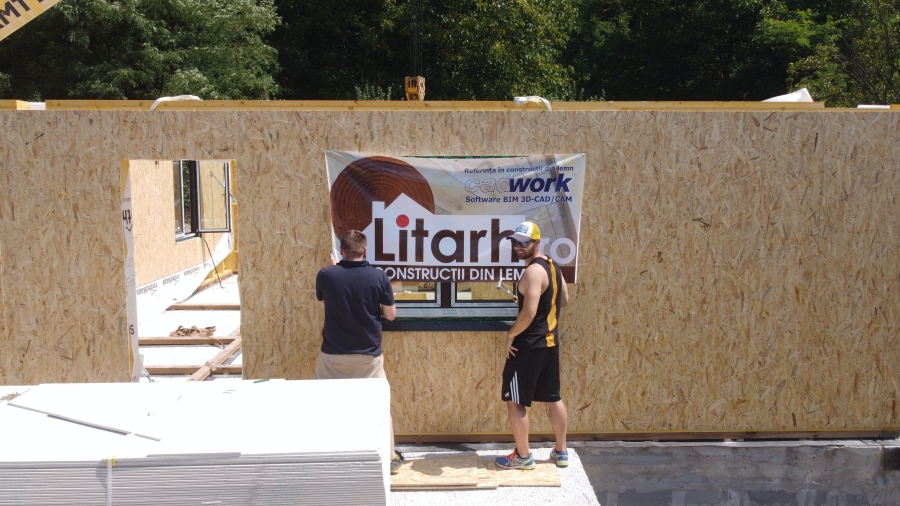
In 6 weeks the house was fully erected, with the tiles, exterior insulation and interior plasterboard fitted
The architectural design already existed, Litarh made the technical design, with structural calculations, energy compliance and all the execution details. Once the project was finalized, the work stages were established and the construction of the walls and floors started in the factory. The start of on-site assembly was set for August 7.
On schedule, the walls for the first level arrived in Voinești. A team from Litarh, consisting of three carpenters, was already there to install the house's sole on the foundation, a very important process that can take more than a day. The sole is made of wood autoclaved to be highly resistant to moisture, insects and fungus. The floor of the house was mounted on the concrete floor that covers the basement with the garage, technical room, wine cellar and sauna, which also levels the sloping ground.
The house is designed on two levels, ground floor and attic, with bedroom, kitchen and living room on the ground floor and two bedrooms, each with dressing room and bathroom, upstairs. It has two covered terraces, a large one at the back, opening onto the living room, and a smaller one at the front, suggesting the porch of traditional houses in the area. Upstairs is a balcony with wooden columns connecting the two bedrooms.
The exterior walls of the ground floor were erected in a day. The tenth of a millimeter precision with which the walls, floors and all the wooden elements are executed allows for very precise and fast assembly. Then came the interior walls, the belt, the floor, the attic walls, the roof and the terraces. Finally, the drywall panels were installed on the interior walls and the continuous basaltic wool envelope on the exterior. On September 22, 6 weeks after the first prefabricated walls arrived on site, the house was ready in terms of construction and thermal insulation.
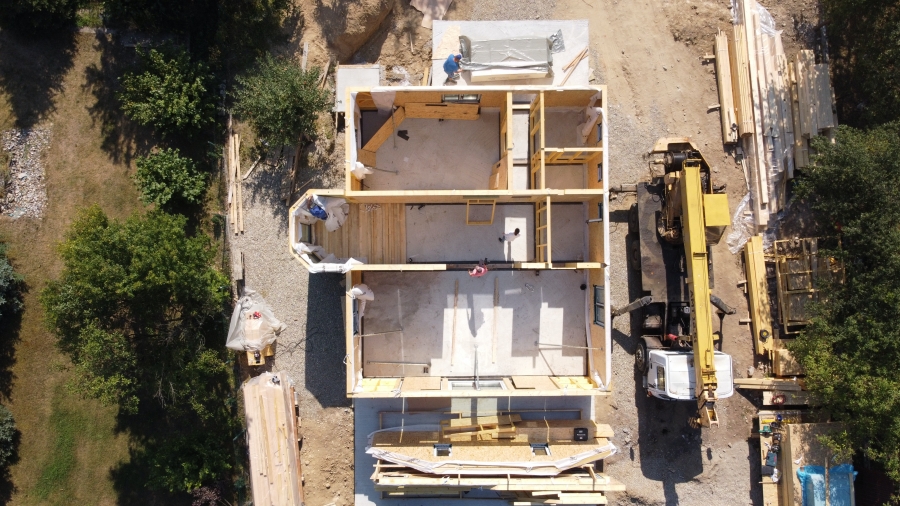
Basalt in walls and outside, underfloor heating, ceramic tiles, solar panels
The house is very well insulated with 15 cm of basalt wool in the walls and a complete and continuous exterior envelope of basalt wool panels. In fact, Andrei recounts how in December, when he first turned on the heating, even though it was -5°C outside and the house had never been heated before, the temperature quickly reached over 30°C. The people assembling the furniture called him to turn off the heat because they were sitting with the doors and windows open and couldn't work. Underfloor heating is fitted in all the rooms and only on the stairwell did he put radiators.
Andrei originally thought that a timber-framed house could not be strong enough to support the weight of ceramic tiles, attic screed or solar panels. Strength calculations which are made from the very beginning determine the thickness of the elements that make up the structure in order to be resistant to various loads (80-90 kg/m³ ceramic tiles, solar or photovoltaic panels, thick layer of snow), earthquakes or wind. The house between the apple trees is covered with ceramic tiles and has solar panels for water heating, and the strength of the structure is not affected by their weight.
Unfortunately, the plan to be able to live in the house as early as September could not be realized due to the finishes and furnishings. Everything took much longer than expected and finding a team to work with was one of the problems. The finishes and furnishings cost quite a bit, practically doubling the cost of the house. In the end, this part of the project was also solved, and since December he has been able to go with his family and friends to the vacation home in Voinești. Even if the initially very ambitious deadline could not be met, to be able to live in December in the house that in March you started thinking about building is already an achievement.
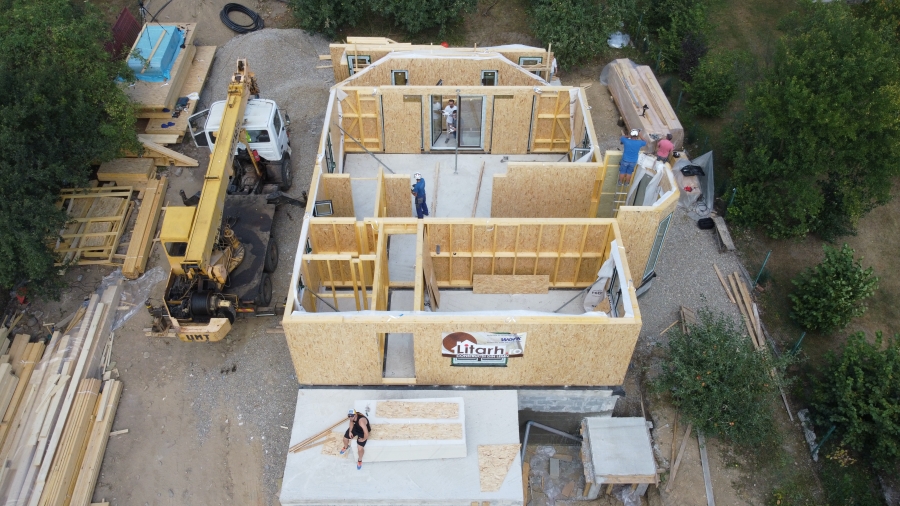
Impressions a year and a half after completion
Talking to Andrei I tried to find out if there was anything he was unhappy about now, a year and a half after the work was completed. He had no complaints about the house. He is convinced that he made the right choice by giving up the idea of building with concrete and is even thinking of using the same type of structure for the house he wants to build in the future in Bucharest as a permanent residence.
He is also pleased with how well insulated it is. He says that if the temperatures are negative outside, and the thermostat is set inside at 23°C and in some areas even higher, the heating doesn't come on at all at night. He had one situation that was resolved, because of the very large attic windows with no blinds. On sunny days, the temperature rose more than he would have liked. He installed interior and exterior awnings and now has no such problems.
I also asked him about vibrations or noises from upstairs, issues that used to scare him when he didn't know much about wood-frame houses. Even though the street in front of the house is lined with cars, there's nothing in the house. It doesn't vibrate, you can't feel the people on the ground floor moving around in the attic, you don't hear any noises. The house is no different from a house of any other type of structure, the only thing that reminds of wood are the exposed beams.
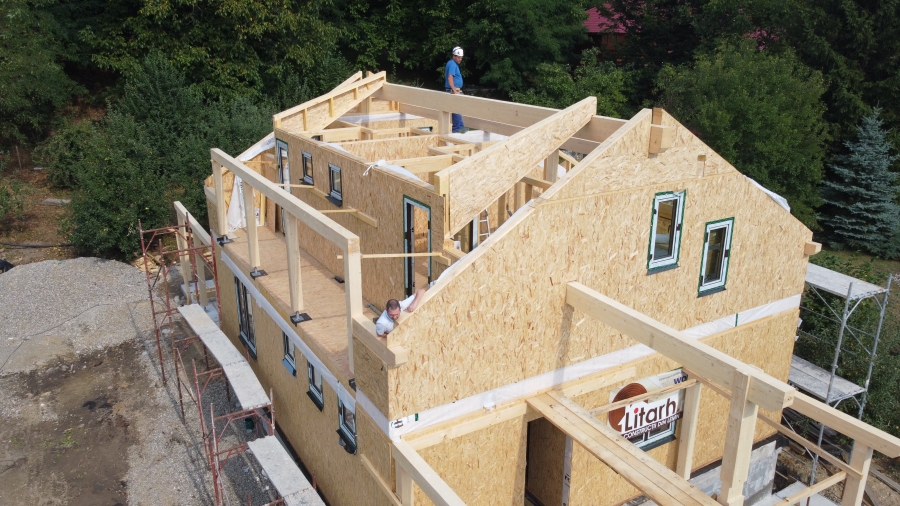
Andrei is happy with his new vacation home and just as he dreamed at the beginning, most of his time in Voinești is spent on the back terrace, looking out over the hillside orchard of apple and walnut trees.
























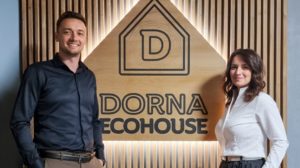


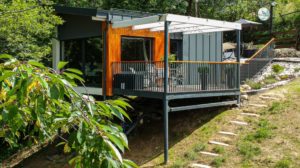
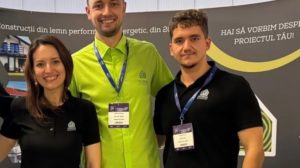
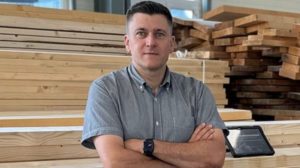
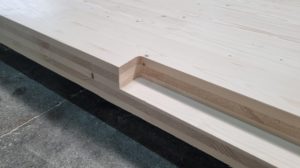
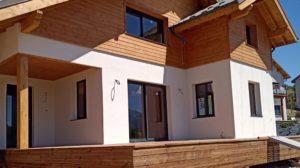




How much does such a house cost
For questions about costs please contact the builder, Litarh. Contact details can be found on the litarh.ro website.
What the owner says about the costs of this house see the video below
https://drumulsprecasa.ro/casa-in-decembrie-2020/